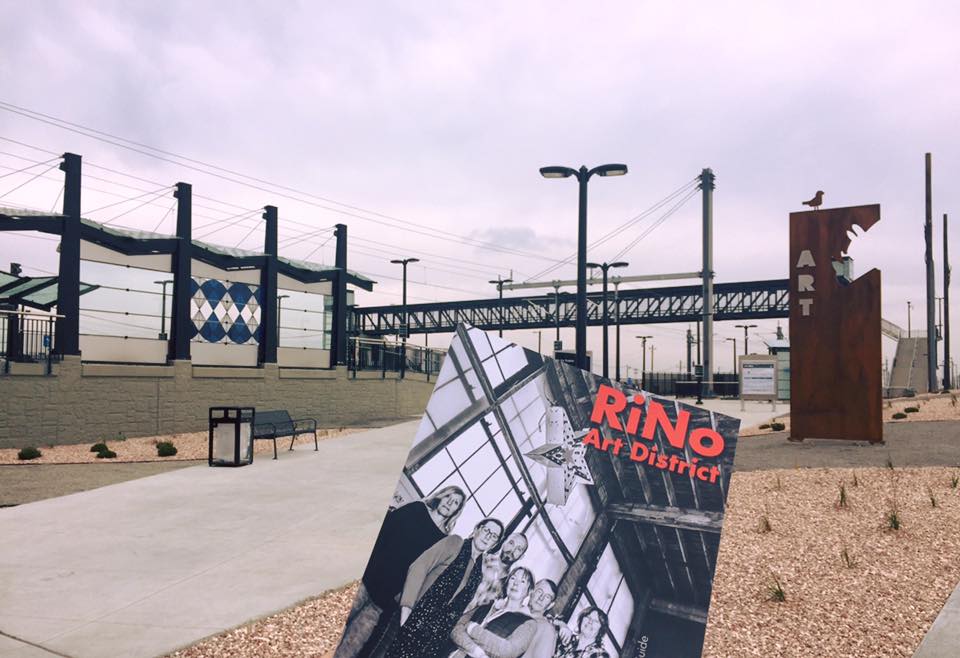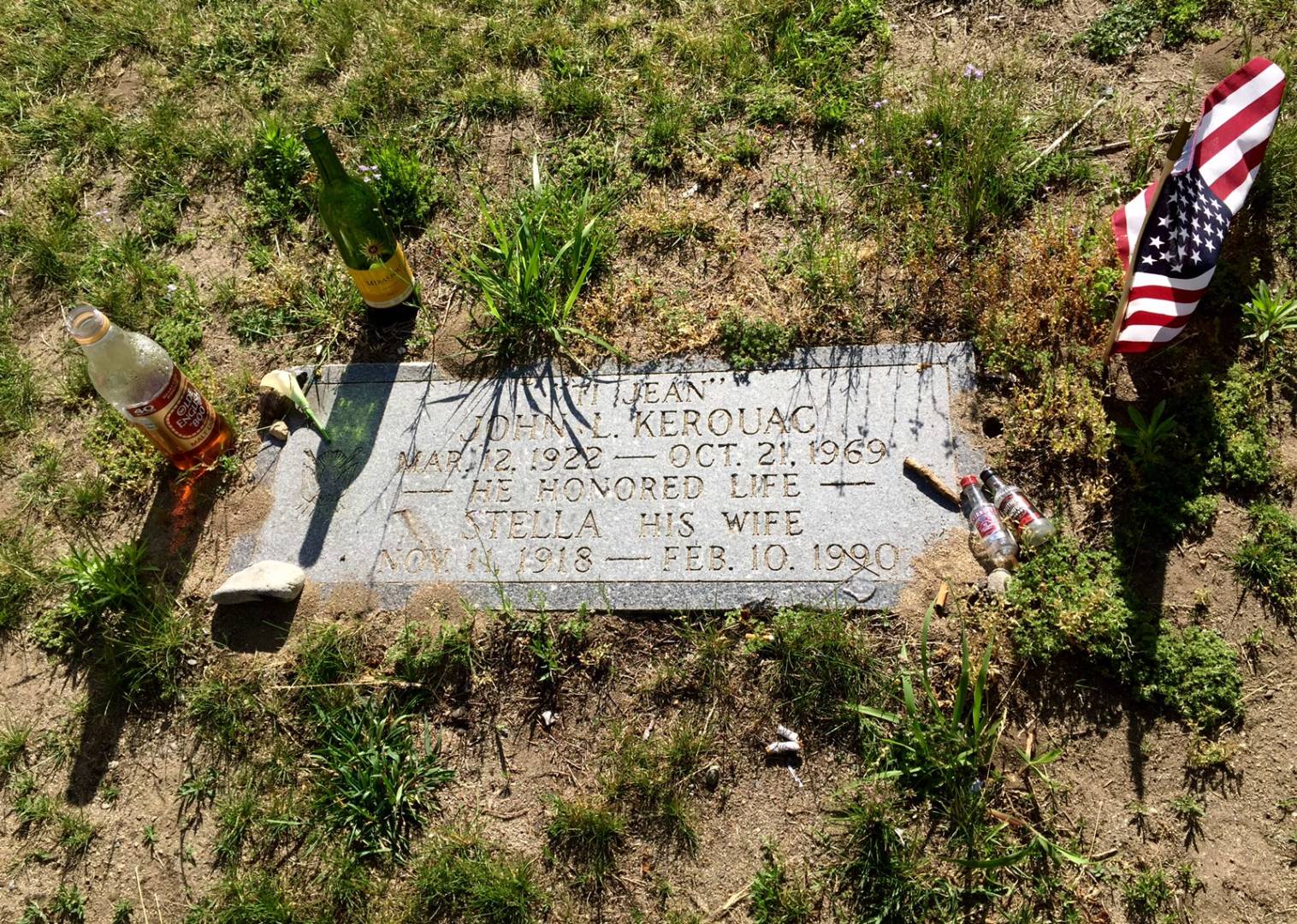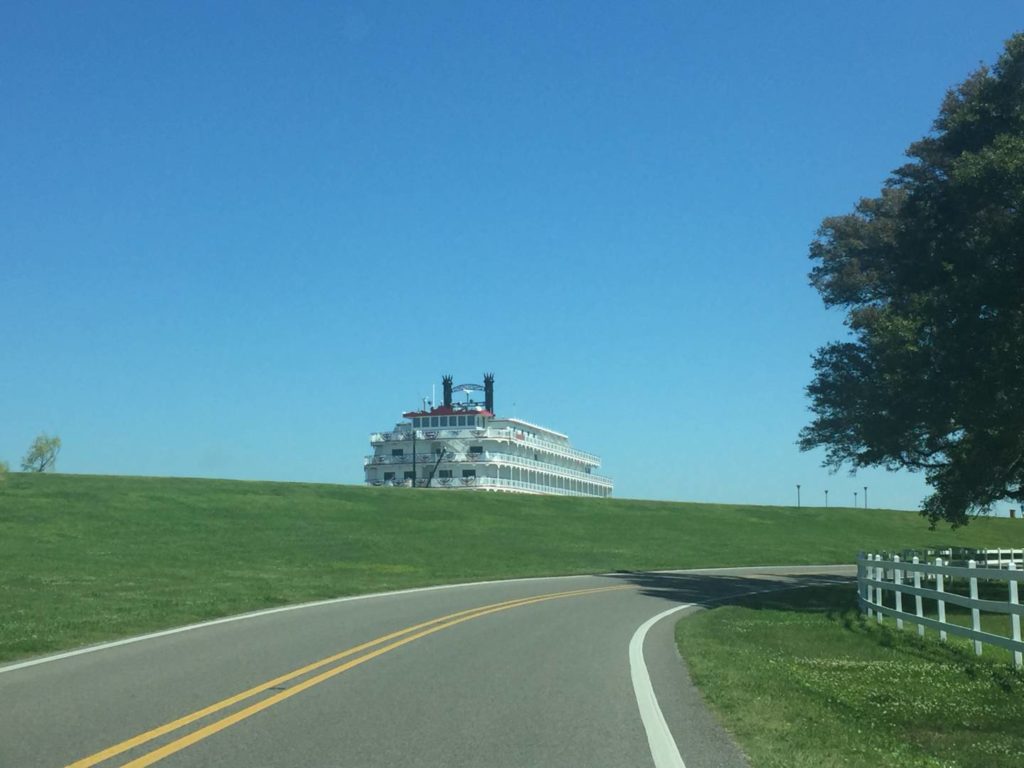


In Italian
Some people call it simply River Road.
Other ones always call it Plantation Alley, referring with a bit of nostalgia to the entire area.
It coincides with the final stretch of one of the most ancient roads in the USA, the Great River Road: it develops along a route of about 120 km relating Baton Rouge to New Orleans – following faithfully the Mississippi River flow.
Much more than an historic road marked on a map and much more than a few old signs road to put in a list about what to see in Louisiana.
It’s a moving trail back in time in one of the most ancient areas in the State, considered much before the Civil War (about from the end of the 1700s until a good part of the 1800s) one of the richest and most productive areas in the whole America nation.
Think about more than 400 indigo, cotton, cane and rice plantations framing the entire route of Mississippi – alternating with the wonderful manors of their owners.
Think about the coming and going of the steamboats crossing the old river from North to South, the trade in goods, the wood landing stages of the embarcaderos which took directly to the very beautiful manors.

What to see in Louisiana: a steamboat comes out the Mississippi’s levee. Surprises of the River Road
A stop-motion of an idyllic world, told with extreme precision in the movie Gone with the wind: it hid (even though not much in a veiled manner) the dramatic history of the black slaves used roughly in the several cultivations.
A landscape that today doesn’t seem to be changed so much, above all in the points where the ancient manors (surprisingly still soaked in a fairy-tale landscape) come across the old Mississippi – except for the industrial facilities sprung up in some strategic points of the river’s flow and for the levee become definitely higher after the great floods of the first 1900s.
Many of the plantations survived the Civil War, the river’s floods, and the passing of time, today are available for visits (it exists several typology of tours) and in some of them it’s possible to stay overnight in B&B.
It’s difficult to manage to visit all of them in a day – we talk about 12 huge manors with garden and slaves’ lodgings – so I’ve thought to suggest you the three most beautiful and charming ones, according to my direct experience.
These are plantations very unlike each other, above all due to period and style: they will allow you to know the several aspects and the curious issues of the life in the old Antebellum South.
Leaving from Baton Rouge you come across it after about 35 km driving along the River Road towards New Orleans. The entrance is on the parallel Hwy 1 at 31025.
People call it the White Castle of Louisiana and difficultly you’ll find it in the Italian tourist guide about the South USA. A real shame, trust me.
Nottoway Plantation is much more than a simple period manor.
It’s a stunning size mansion, the biggest of the Antebellum South, survived the War of Secession and a series of devastating events related to the original owners John and Emily Randolph and to their 11 children (two of them died as confederate soldiers during the Civil War): still today they are buried in the little family cemetery in the west corner of the garden.
5000 sq m, 3 levels, 64 rooms, 200 windows, 165 doors and a wonderful white ball room – The White Ballroom – where almost all Randolph family women got married.
The guided visit lasts 45 minutes about. It shows not only the daily life of a cane plantations on the Mississippi (literally on the river, immediately behind the levee) before the Civil War but also stories and anecdotes – funny, sad or creepy – related to every single member of the family and to the 200 black slaves in the property.
It’s curious to note how many of the events related to Nottoway Plantation follow in good part the stories of the “Gone with the Wind” characters, actually set in Georgia.
I think thanks to South, its history, its charm and its writers who were able to pick up real life episodes and then turned them into immortal novels.
Today Nottoway Mansion has been readjusted in part into Charme B&B.
It’s possible to sleep in outdoor cottages and even in the original main rooms (the same ones used by John and Emily) and live an experience out of the ordinary (there are strange rumors about the night noises in the corridors). Or get married following the most faithful tradition of the “Randolph” women in the White Ballroom (to book a lot of time in advance) or outdoor in the wonderful gardens of the property.
Nottoway is opened every day.
The tours leave each half hour, from 9am to 4pm. Anyway, sometimes can happen the entire facility is closed due to special events: by the way, it is better however to always check the opening on the website.
Clicking here, you will find timetables, prices and useful info.
Absolutely the most beautiful plantation in Louisiana: Oak Alley Plantation.
A wonderful mansion dating back to 1839. It is defined by the wonderful ancient oak alley, even 28 of 300 years old each: they interlacing and create a sort of scenic natural tunnel (I think about the 12 oaks of Rossella O’Hara) relating the plantation’s entrance to the high levee hiding the Mississippi.
Also its history, related to the several owners of the plantation and inhabited until 1960, is rich in mysterious anecdotes and episodes.
The main manor, known as the Lady of the River Road, was finished in 1839 by Jacques and Celina Roman: a family of rich land owners who suffered during time several family tragedies (from here the ghosts stories of the plantations were born, among which there’s that one Celina’s) and the financial bankruptcy due to the slavery’s abolition at the end of the Civil War.
The tours leave every 10/15 minutes, they last 45 minutes and are led by specialized guides in period costumes. Then inside the main manor in the several rooms there are characters in period costume which make the experience even more suggestive and real.
The visit ends in the back where a few old huts used by slaves are preserved: on the contrary the last ones towards the Visitor Center are reconstructed and furnished faithfully with the aim to show the difficulties and the privations related to slaves’ life.
Before going away don’t forget to taste the typical drink of the area, the Mint Julep: it’s a refreshing mixture of Bourbon, mint syrup and ice little cubes. It seems to be created (actually it exists different versions) during the period of the Civil War, when Bourbon was scarce and mint syrup was a valid and cooling alternative to the massive dose of liqueur previewed in the original recipe.
Oak Alley Plantation is in Vacherie at 3645, LA-18 at about 65 km far from New Orleans. It’s opened every day, from 9am to 5pm (4.30pm from November until February): clicking here you can get all info as regards tours, seasonal closures and the eventual stay overnight in the cottages of the plantation.
Before Americans went to this area following the Louisiana Purchase in 1803 (it was the treat by which the United States actually purchased the Louisiana territory by French) in the area only Creole plantations existed: they were even unlike the precious white houses (as the Creoles used to call them) of the rich Americans, due to style and social dynamics.
Laura Plantation, one of the most ancient ones of the River Road still stand, dates back to the early first years of 1800s.
Its cypress wood main house recalls in the shapes and colors the most typical Creole tradition, a culture born from the fusion of several ethnic groups: European (French and Spanish generally), African and Caribbean, and Native Americans.
The Creole houses were more well-built and working, raised from the tread floor to avoid the consequences – often devastating – of the Spring floods: less space for splendor and luxury in favour to simple and full of light atmospheres to organize the plantation work (the women, too, took part into it since they were definitely more emancipated) and in favour to wood verandas along the whole perimeter to favour shade and fresh air.
Unlike the Americans, the Creole land owners worked hardly in the plantation (they, too, with a massive and terrible use of slaves) and then they enjoyed life and free time in their very beautiful mansions in the French Quarter in New Orleans.
Laura Plantation (the name refers to one of its most famous female owners) tells about a slice of life definitely different, a parallel universe explaining easily the reason why the two cultures (the Creole and the rich Americans ones) went on and flourished until the Civil War, practically never ran into each other.
Laura Plantation is at 50 km about far from New Orleans at 2247, Highway 18 in Vacherie: it is opened every day, from 10am to 4pm but some holidays.
The guided tours, very rich in anecdotes and stories both about the owners and about the slaves’ hard life, last about one hour. Clicking here you’ll find timetables, info and prices to plan your visit at the best.
If you are lovers of the type and you have time and desire to investigate still further the discovery of the River Road and its very beautiful plantations, I recommend you other two interesting mansions really less known, between Nottoway Mansion and New Orleans.
The very colorful San Francisco Plantation, boundless Creole plantation neighbored by ancient oaks. And the French colonial style Destrehan Plantation, by far the most ancient of the area, which dates back to 1787.